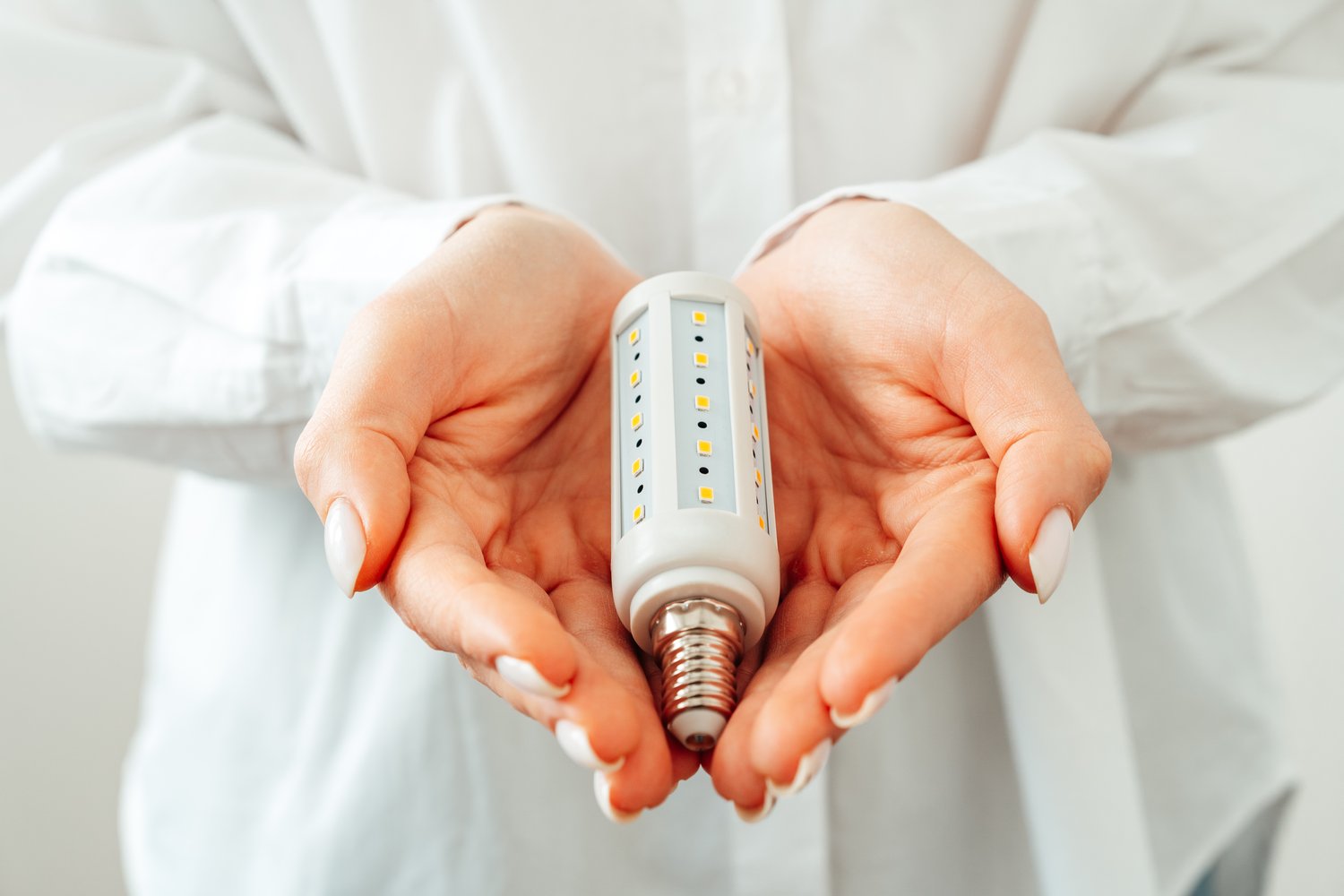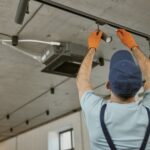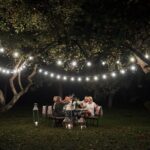Imagine transforming your living space into a modern masterpiece with just one simple upgrade. LED recessed lighting not only elevates your home’s aesthetic but also significantly boosts energy efficiency. As sustainability becomes increasingly important in home design, making the switch to LED lighting stands out as a smart and impactful choice.
- Discover the energy savings, longevity, and design versatility that come with choosing LED recessed lighting.
- Gain insight into essential considerations such as brightness levels and optimal placement for perfect lighting harmony.
- Follow a comprehensive step-by-step guide to smoothly transition your lighting system to LED.
- Learn how to tackle common challenges like fitting compatibility and wiring issues with practical solutions.
By diving into this article, you’ll unlock the steps to efficiently upgrade to LED recessed lighting and experience both immediate and long-term benefits that enhance your home’s lighting ambiance and sustainability. Ready to start reaping the rewards? Let’s explore further!
Why Choose LED Recessed Lighting: Benefits and Considerations
LED recessed lighting offers a multitude of advantages that make it an attractive option for modern homes. One of the primary benefits is energy savings. LED lights consume significantly less electricity compared to traditional incandescent bulbs, which can lead to a noticeable reduction in your energy bills.
Another key advantage is the longevity of LED bulbs. They generally have a longer lifespan, often lasting more than 25,000 hours. This not only reduces the frequency of replacements but also provides consistent performance over many years.
The design versatility of LED recessed lighting adds another layer of appeal. These lights are available in a variety of color temperatures, allowing you to customize the ambiance of your space. Additionally, they are advantageous for creating a sleek, modern look as they fit snugly into the ceiling.
Before embarking on an installation project, consider the brightness levels you need to achieve your desired lighting effect. Different areas might require varied levels of illumination, which can be achieved by selecting the appropriate LED bulb wattage and lumens.
Another critical factor is optimal spacing. Proper spacing ensures even distribution of light and eliminates shadows or overly brightly lit spots. Typically, you should aim for spacing the lights about 4 to 6 feet apart, but this can vary based on the specific dimensions and layout of your room.
Step-by-Step Guide to Upgrading to LED Recessed Lighting
Embarking on the transition to LED recessed lighting involves careful planning and execution. Begin by identifying the purpose of the lighting for each room. Is it for ambiance, task lighting, or general illumination? This will guide your selection of fixtures and bulb types.
Next, focus on selecting the right fixtures that match your design aesthetics and fit the space available within your ceiling. Consider the type of trim and housing compatible with your current setup or planned overhaul.
Understand the electrical requirements that accompany LED recessed lighting. Check if your home’s current wiring and circuit capacity can handle the new fixtures. This might require consultation with an electrician if you’re unfamiliar with electrical installations.
Once your fixtures and electrical considerations are finalized, proceed with layout planning. Mark the spots on the ceiling where the lights will be installed, ensuring the placement serves both practical and aesthetic purposes.
As you prepare for installation, the next step is to cut the ceiling holes according to the size of the fixtures. Use the template provided with the fixtures to ensure accuracy.
Connect the wiring for the LED lights, taking care to follow safety precautions and ensuring connections are secure and compliant with local building codes.
Finally, install the trim and bulbs into the ceiling securely. Test each light to confirm they are working correctly and make any necessary adjustments to the positions or angles to achieve the desired lighting effect.
Common Challenges and Solutions in Upgrading to LED Recessed Lighting
Upgrading to LED recessed lighting can transform your home’s atmosphere, offering an eco-friendly and stylish lighting solution. However, the transition is not without its challenges. Homeowners often encounter issues such as fitting compatibility, wiring concerns, and more. Understanding these challenges and their solutions is crucial for a seamless upgrade.
Fitting Compatibility: One of the most common issues is ensuring that LED bulbs or fixtures fit correctly into existing housings. Traditional recessed lighting often has different dimensions compared to modern LED fixtures. The solution is to verify the dimensions of your existing fittings and purchase compatible LED retrofit kits or trim kits specifically designed for easy installation in traditional homes.
Wiring Issues: Another challenge often faced during an upgrade is outdated or improper wiring, which can pose safety risks. This is especially true in older homes where the electrical system may not meet current standards. To address this, hire a qualified electrician to assess and, if necessary, update your wiring. Proper electrical connections are essential for optimal performance and safety.
Brightness and Color Temperature: LED lighting offers a range of brightness levels and color temperatures, which can make choosing the right option daunting. To overcome this, consider the function of each room. Warmer tones are great for living spaces, while cooler tones work well in areas requiring high concentration, like kitchens or offices.
Dimmer Compatibility: LED lights need compatible dimmers to function correctly. Using non-compatible dimmers can lead to flickering or inadequate dimming range. To solve this problem, match your LED fixtures with compatible LED dimmers by consulting both the dimmer and light bulb manufacturers’ compatibility lists.
Facing these challenges head-on by being informed and prepared can ensure your transition to LED recessed lighting is smooth and successful. By doing so, you can enjoy both energy-efficient and aesthetically pleasing lighting in your home.
Frequently Asked Questions About Upgrading to LED Recessed Lighting
Are LED recessed lights more energy-efficient than traditional lighting?
Yes, LED recessed lights consume significantly less electricity and have a longer lifespan compared to traditional incandescent or halogen bulbs.
What should I consider when choosing LED recessed lighting?
Consider the brightness level, fixture size, and dimmability to match your room’s ambiance and lighting needs.
Is it difficult to replace existing recessed lights with LED fixtures?
Generally, it’s a straightforward process, but ensure compatibility with the existing housing and wiring.
Can I install LED recessed lighting myself?
Yes, if you have basic electrical knowledge. However, hiring a professional is recommended for safety and precision.
What are the safety precautions when upgrading to LED recessed lighting?
Turn off the main power supply and use non-conductive tools. Always check for proper fit and secure connections.





